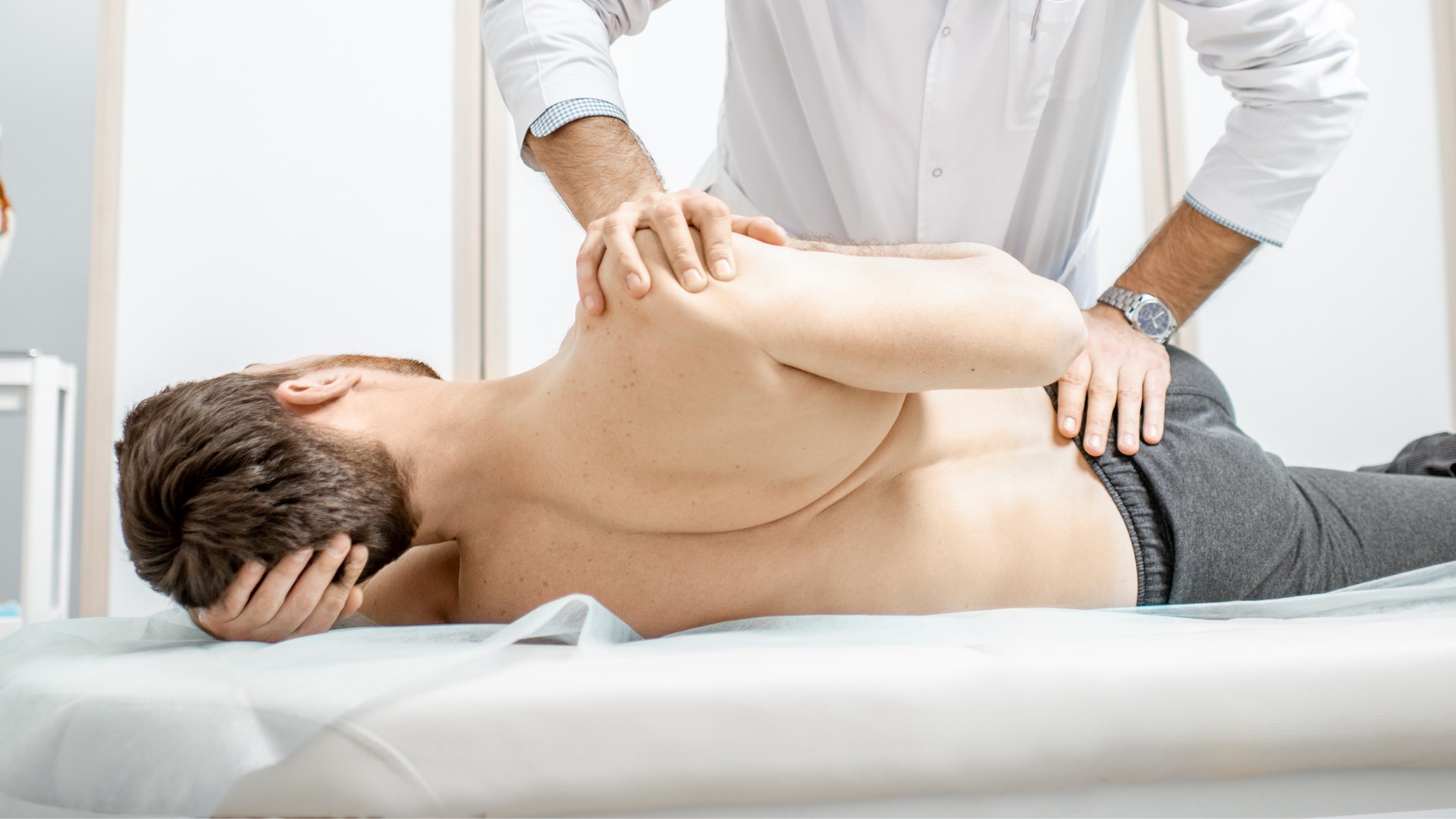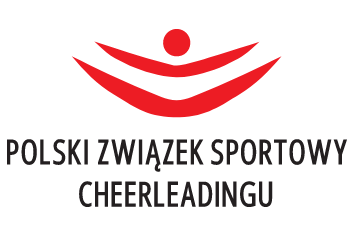Short lever high velocity-low amplitude manipulations (HVLA) are a manual therapy technique derived from osteopathy. This technique involves applying a short and fast movement to a joint in order to release any restrictions present in the joint. Importantly, the range of motion performed by the therapist never exceeds the physiological range of motion of the joint.
Short lever high velocity-low amplitude (HVLA) manipulations

To understand how HVLA manipulations work, it is important to know the four basic principles upon which osteopathy and physiotherapy are based:
- The human body is a unity, consisting of the body and mind (nervous system).
- The human body has the ability to self-regulate and self-heal.
- The structure and function of the body are closely interconnected.
- Rational treatment is based on understanding the previous three principles.
HVLA manipulations are mainly used for patients who complain of pain or restricted joint mobility. They are most commonly used in the area of the spine but can also be applied to peripheral joints.
Why does manipulation increase range of motion and decrease pain?
Firstly, manipulation results in the stretching of muscle spindles. When these spindles are stimulated in this way, they send information to the central nervous system (CNS), which processes it. The CNS responds to this type of stimulus by sending a message to the muscle to relax in that area. Another mechanism is the stimulation of Golgi tendon receptors through manipulation. When these receptors are pulled, they immediately send information to the spinal cord, which causes a reflexive relaxation of overactive muscles. This leads to decompression of the manipulated segment and can provide immediate pain relief. It is often the case that the source of spinal pain is an abnormal alignment in the facet joint. A properly performed, targeted manipulation can restore balance in the joint, thereby reducing pain.

What causes the sound during manipulation?
The audible sound during manipulation is related to the phenomenon of cavitation. Each joint is surrounded by a joint capsule. During manipulation, there is a sudden decrease in pressure within the joint capsule. This causes gases dissolved in the synovial fluid to be released. This phenomenon is accompanied by a characteristic “click” sound. The gases released from the synovial fluid make up about 15% of the joint volume, with 80% consisting of carbon dioxide.
Is it possible to “adjust the spine”?
A common belief among patients, which unfortunately is sometimes confirmed by the words of physiotherapists and other bodywork specialists, is the idea that manipulation can actually realign the vertebrae in relation to each other. Another concept is the idea of pushing a herniated disc back into place. While these descriptions may seem like a great explanation for the effectiveness of manipulative techniques, they have nothing to do with reality. There is no possibility of changing the position of the vertebrae in relation to each other or reducing or eliminating a herniated disc through spinal manipulation. Spinal pain is a very complex phenomenon that involves bio-psycho-social factors, and not just a “misalignment” of the spine. The effectiveness of manipulation is based on the neurophysiological mechanisms described above, not on mechanically realigning the vertebrae.
Indications and contraindications for manipulation:
The most common indication for manipulation is somatic dysfunction of the examined joint, pain, or restricted range of motion.
The list of contraindications is long, and some of the most important ones include: lack of indications, presence of bone hazards (e.g., tumor, fracture, injury, inflammation), neurological disorders (acute myelopathy, nerve root compression, spinal cord compression), vascular disorders (vertebrobasilar insufficiency, aortic aneurysm, angina pectoris), lack of appropriate diagnosis, and lack of patient consent for the manipulative technique.
Short lever manipulation techniques, properly chosen and performed correctly by a trained physiotherapist or osteopath, are a valuable tool in the treatment of musculoskeletal pain.
You’re welcome!






